Multisystem diseases require multi-disciplinary approach for the best care
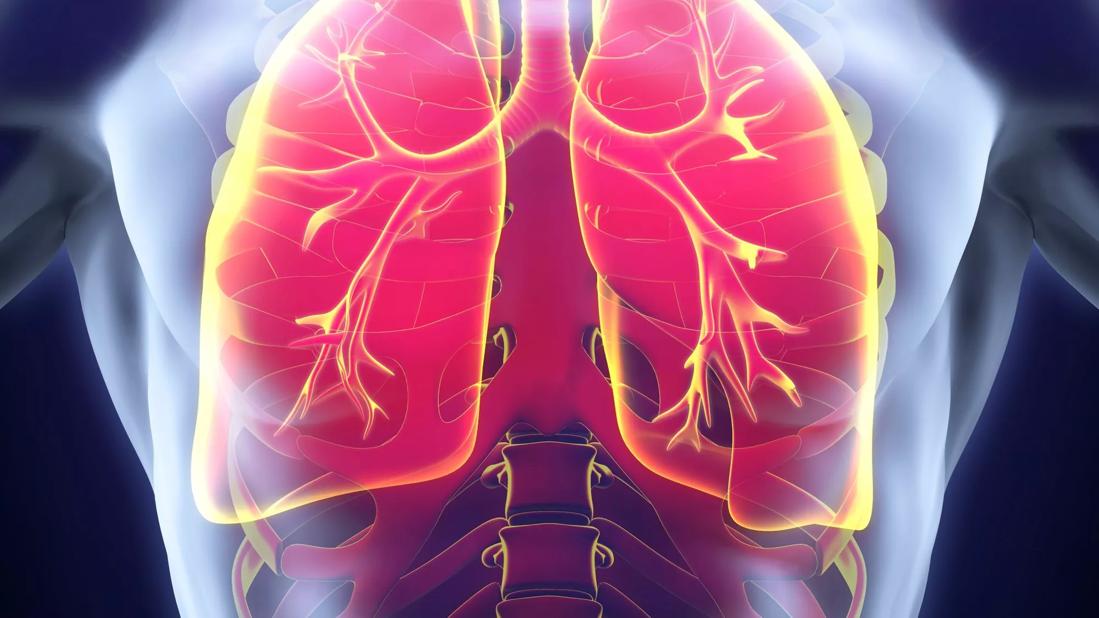
Respiratory failure is a common cause of death in patients with rheumatic disease, such as scleroderma, dermatomyositis and others. Approximately 10-20% of patients with autoimmune disease will develop lung disease, and some of them progress to the point of requiring lung transplant. A significant challenge when considering a lung transplant for a patient with rheumatic lung disease (RLD), is the multisystem nature of the disease, which can significantly increase complexity. However, according to a pulmonologist from Cleveland Clinic’s Respiratory Institute, there are steps caregivers can take to help overcome some of these difficulties.
Advertisement
Cleveland Clinic is a non-profit academic medical center. Advertising on our site helps support our mission. We do not endorse non-Cleveland Clinic products or services. Policy
“One of the major challenges in regard to lung transplant for patients with RLD is the fact that this is a multisystem disease,” explains Sameep Sehgal, MD, a Cleveland Clinic pulmonologist. “In addition to the lungs, the GI tract, joints, blood vessels, skin, muscles and heart are commonly affected.”
Almost 90% of all patients have GI disease, which can cause trouble swallowing. This can be due to weakness of swallowing muscles, damage to muscles of the esophagus or acid reflux leading to strictures in the esophagus. This leads to aspiration (saliva, food or acid entering the lungs) along with decreased food intake.
Aspiration significantly increases the risk of infections, progression of lung disease and rejection after transplant. Prevention of aspiration in transplant patients is thus very important. Furthermore, absorption issues where the nutrients are not being appropriately absorbed from the intestine can lead to malnutrition.
“Trying to solve nutrition problems can be difficult,” says Dr. Sehgal. “It takes time because there’s no quick fix to getting someone’s nutrition status improved. In some cases, it can take weeks or months to get a patient back on track”.
Strategies can include the right diet plan, lifestyle measures and occasionally placing a feeding tube to help people get enough nutrition so that they’re fit to undergo a lung transplant. Some patients require surgery for acid reflux after transplant. Cleveland Clinic’s approach to management of GI disease involves a multifaceted team, which includes GI doctors, thoracic surgeons, dieticians and swallowing specialists.
Advertisement
Beyond the GI factors, the patient’s blood vessels can be affected as well. It can lead to poor circulation in the hands and feet, Raynaud’s disease and ulcers on the fingers and toes. This can be a significant problem after transplant because of a high risk of infection and necrosis of ulcers in the post-transplant period.

“The heart is another organ that can be affected in patients with RLD, which can impact the post-transplant outcome,” says Dr. Sehgal. “Inflammation of the heart muscles (myocarditis) or lining of the heart (pericarditis) can be seen. During evaluation for lung transplant, heart function is assessed and any damage needs to be treated before we can proceed with a transplant. Rarely, patients with severe damage may need to be considered for a combined heart and lung transplant.”
He continues, “Essentially, autoimmune diseases can lead to inflammation in any part of the body and we systematically assess every organ during the transplant evaluation. A lung transplant can help treat the lung disease, but the medications can often worsen other organ systems. A multidisciplinary approach bringing experts in various specialties together to treat the patient is thus invaluable."
Over the last 20 years, we have made significant progress in transplanting patients with rheumatic lung disease. First, there has been a big shift towards accepting patients with scleroderma and other rheumatic diseases as lung transplant candidates. In the early 2000s, scleroderma used to be considered a contraindication and most centers would not even consider evaluating these patients. Dr. Sehgal notes a recent survey of all the lung transplant programs in the US, where about 90% of programs are ready to at evaluate these patients now; however, most programs would still turn down patients with severe GI or vascular disease. Second, there’s an increasing amount of data from across the US and internationally that show outcomes in patients with scleroderma and other rheumatic lung diseases are equivalent to patients transplanted for other lung diseases. Third, the International Society for Heart & Lung Transplantation has recently developed consensus guidelines for the first time to help select and manage patients with rheumatic diseases. The combination of these factors and our increasing experience is leading to increased access to lung transplant for these patients.
Advertisement
At Cleveland Clinic, Dr. Sehgal notes that the care for these patients involves collaboration between multiple specialties. In addition to the patient seeing pulmonologists, they consult with GI physicians, thoracic surgeons, rheumatologists, dieticians and swallow specialists who are all part of the rheumatic lung disease and transplant team. The team meets and discusses complex patients to come up with an individualized plan.
“Cleveland Clinic has done over 2,000 transplants, making us one of the biggest programs in the country,” says Dr. Sehgal. “We have gained a great deal of knowledge from the hundreds of transplants and high-risk transplants we’ve performed. But I think it’s our multidisciplinary and collaborative approach is what’s special about the Cleveland Clinic lung transplant program. We try to come up with the best plan for each patient with the goal to offer them the best available care.”
Advertisement
Advertisement

Exploring the cost-effectiveness of end-of-life treatment options

The agent-based model aims to improve prediction accuracy
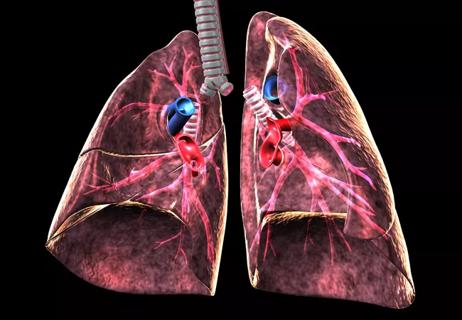
Cleveland Clinic pulmonologists aim to further lower waitlist times and patient mortality
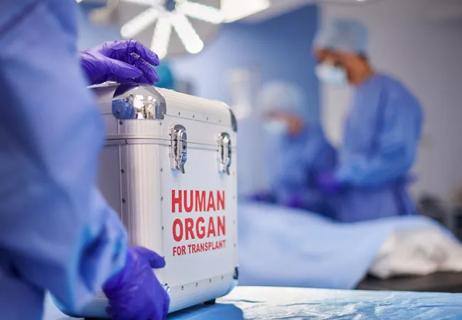
New research aims to improve suboptimal lung transplant outcomes by “looking beyond the walls of hospitals”

Counseling before and after transplantation can help patients navigate the balance between safety and practicality

Mobile app designed to improve access to lung transplant and reduce waitlist mortality
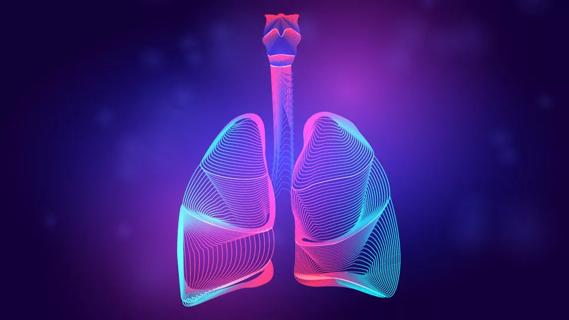
New risk-modeling approach to use microsimulations, incorporating day-to-day changes in patients
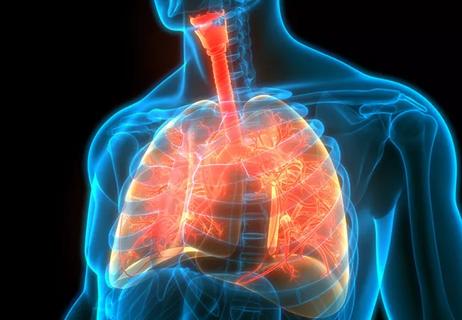
Cleveland Clinic receives new grant and is named central biorepository site for multi-institutional cystic fibrosis and lung transplant initiative